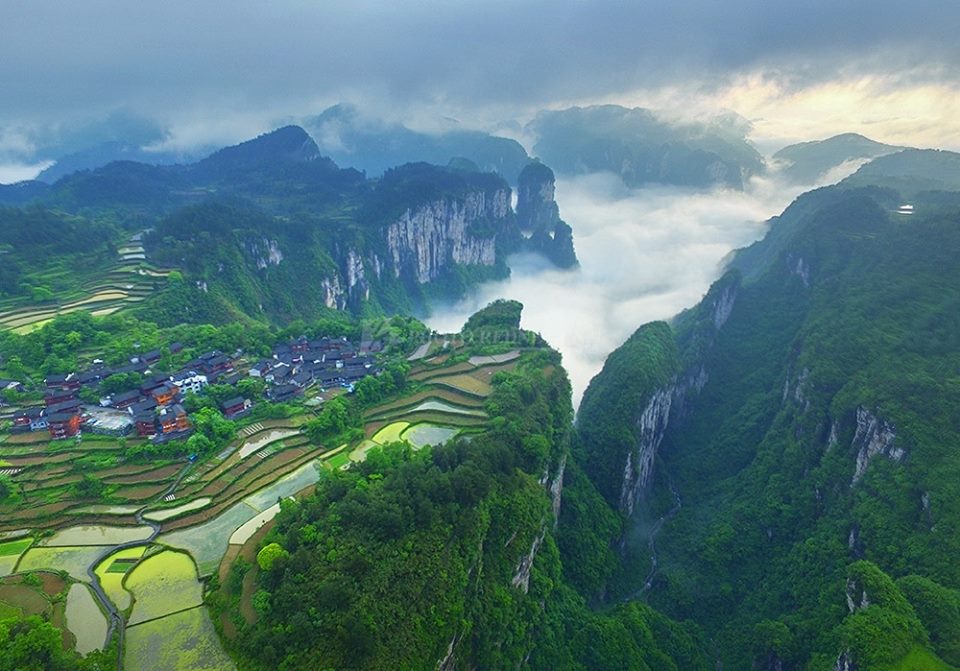Longmen Grottoes - The Magnificent Ancient Rock Cut Buddhist Caves In China
- The Longmen Grottoes or Longmen Caves are one of the finest examples of Chinese Buddhist art. Housing tens of thousands of memes of Buddha and his disciples, they are located 12 kilometers south of present-day Luòyáng in Hénán province, China.
- UNESCO has also listed Longmen Grottoes in the World Cultural Heritage Site.
Longmen Grottoes - The Magnificent Ancient Buddist Caves in China.
- The Longmen Grottoes, a Buddhist cave complex located 13 kilometres south of Luoyang in China’s Henan province, form some of the most significant and exquisite representations of ancient Chinese stone art. Created over the course of approximately five centuries beginning in 493 CE, these grottoes, along with the statues and inscriptions carved within, provide a window into the political, cultural, and artistic circumstances of the late Northern Wei and Tang periods.
- The caves were carved into the steep limestone cliffs of Mount Longmen and Mount Xiang which face one another along a one-kilometre stretch, forming a valley through which the Yi River flows. This site, with its appearance of a natural gate, was historically referred to as Yique or "Gate of the Yi River." After Emperor Yang of the Sui Dynasty built an imperial palace in Luoyang at the beginning of the 7th century CE with its southern gate aligned to the cliffs of the site, the name Longmen or "Dragon's Gate" came into use (the dragon served as an emblem of the power of the emperor).
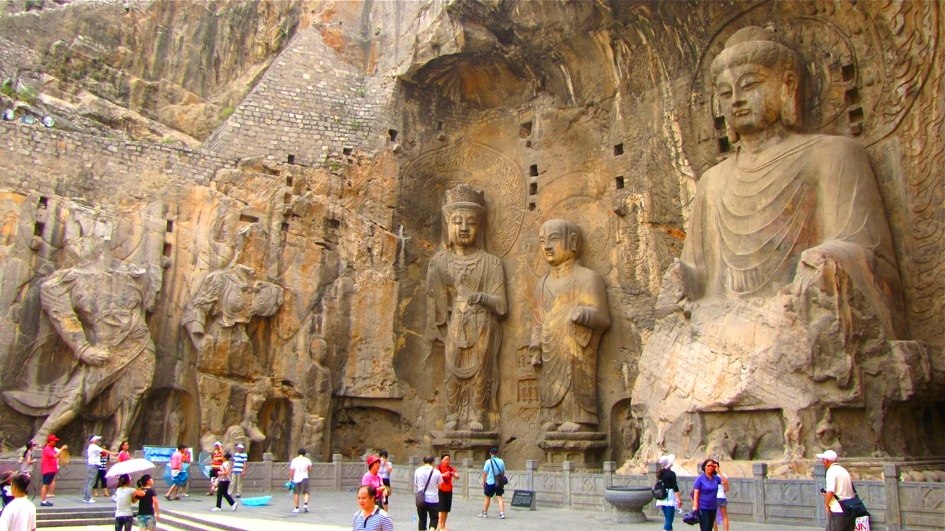
- The Longmen Grottoes or Longmen Caves are one of the finest examples of Chinese Buddhist art. Housing tens of thousands of memes of Buddha and his disciples, they are located 12 kilometres south of present-day Luòyáng in Hénán province, China.

- Longmen Grottoes have served to be a home of a number of Chinese dynasties over the past centuries, it’s a sublime example of Buddhist caves and art. These caves of Buddhist are located along the “Yi River“, it’s about 10 KM away from another tourist attraction Luoyang, which is another ancient city
Luoyang is located in the western part of Henan province. It is (by Chinese standards) a medium-sized city of about 7 million people. Luoyang is among the oldest cities of China and considered to be one of the cradles of Chinese civilization. It is one of the Four Great Ancient Capitals of China and served as the capital of 13 different dynasties. The first capital in this area near the intersection of the Luo and Yi River was established in 2070 BC during the Xia Dynasty. The name Luoyang first appeared as the capital of the Eastern Han Dynasty in 25 AD. In 166 AD the first mission from the Roman Empire reached Luoyang.
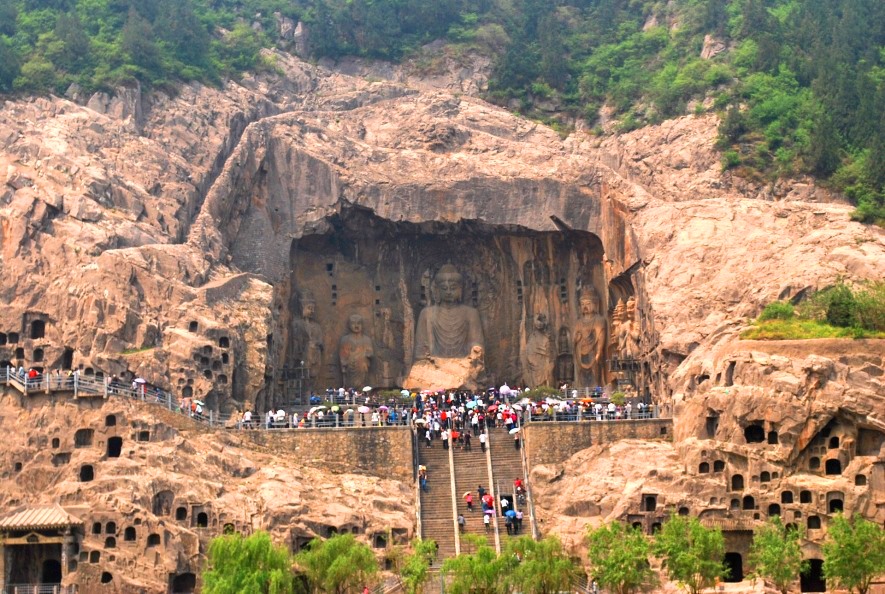
The Longmen Grottoes
- The Longmen Grottoes are truly one of the most stunning sites and one of the finest examples of Buddhist art to be found anywhere in China. They are a series of man-made caves and grottoes containing thousands of Buddha statues, which were carved out of the limestone cliffs along a 1 km stretch on either side of the Yi River starting over 1,500 years ago. The sheer numbers of caves and statues are truly mind-boggling: There are 1,400 caves, which contain about 100,000 Buddha statues, ranging in size from a few centimetres to almost 20 meters in height. In addition, there are about 2,500 carved stelae with inscriptions and over 60 pagodas.
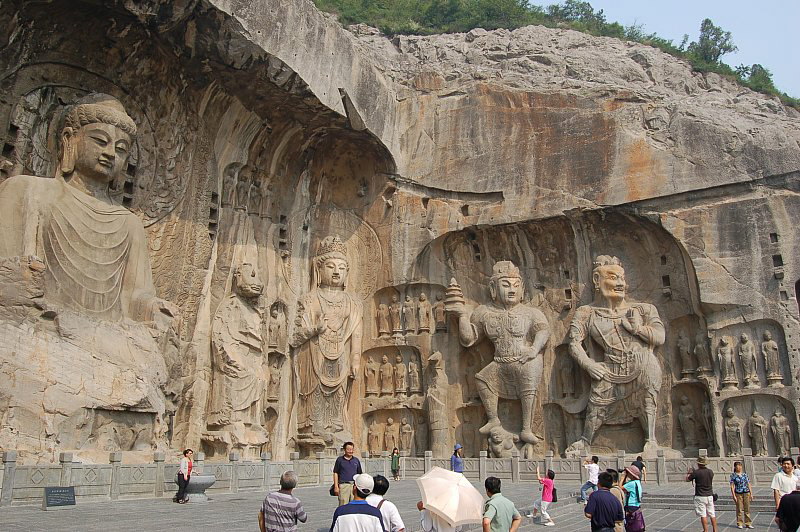
- The grottoes were carved in several distinct stages over a period ranging from 493 AD to 1127 AD, during the dynasties of the Northern Wei (493-534), Siu (581-618), Tang (618-907) and Northern Song (960-1127). The peak of the creation of the grottoes came during the Tang dynasty, and it is estimated that about 60% of all the caves, including some of the most monumental statues, were created in the second half of the 7th and early part of the 8th century.
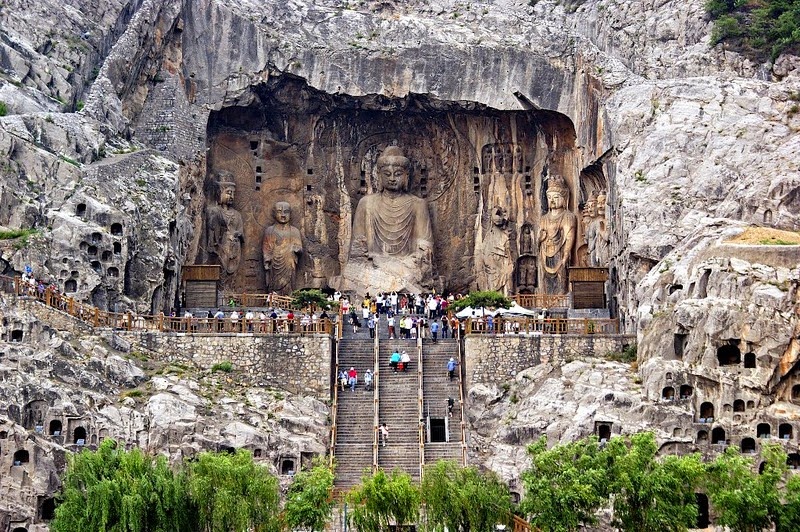
- The Grottoes were highly valued and recognized during the Ming and Qing dynasties but suffered significant damage in the early 20th century. Many artefacts were stolen by souvenir hunters or destroyed by vandalism. The site was looted by the Japanese army during the second Sino-Japanese war (1937-45), and many of the Buddha statues are now found in Japanese museums. And although the grottoes were declared a protected area in 1949 and a national cultural monument in 1961, many more statues were decapitated and destroyed during the Cultural Revolution in the 1960s.
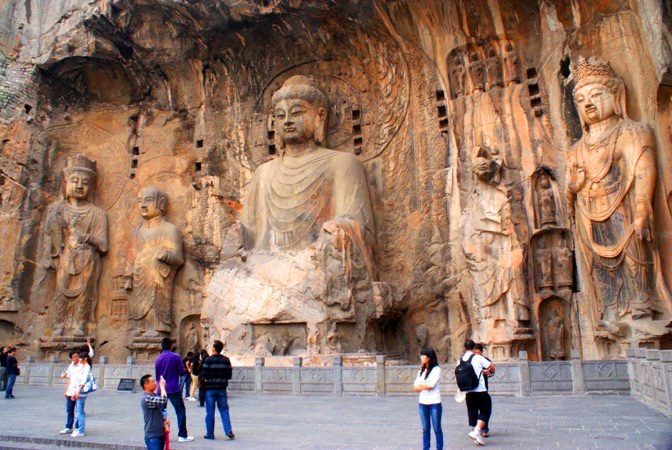
- The number of these caves are around 2100 along with it there are numerous Buddha sculptures and statues. There are around 3600 stone tablets which are inscribed with different scripts and artwork, most of the statutes have the name of artists who made them inscribed upon it.
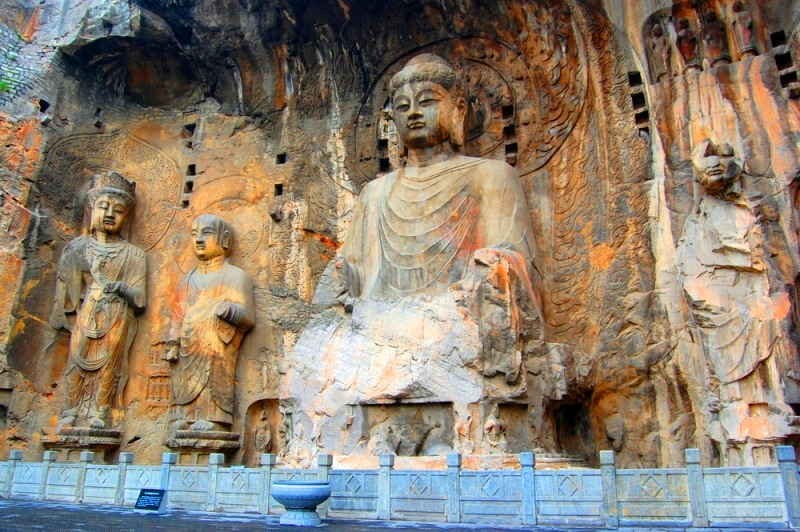
- Longmen Grottoes are considered one of the most important Buddhist ruins, a great number of tourists visit these sites to see the amazing work of Buddhist monks. The inscriptions on the stones have diverse field knowledge, even cures from different diseases are mentioned on those stones, there are some remedies that are still in use even after thousands of year. The Chinese government is doing their best to preserve the artwork of Buddhists and they have arranged everything to make it comfortable for visiting tourists.

